 W
WAmpyx is an Ordovician-Silurian genus of Asaphid trilobites of the family Raphiophoridae. Species of Ampyx are characterized by three extended spines on the head-shield, one spine derived from each free cheek, and one spine emanating from the glabellum. Species include Ampyx linleyensis.
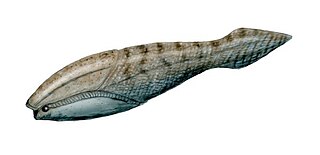 W
WArandaspida is a taxon of very early, jawless prehistoric fish which lived during the Ordovician period. Arandaspids represent the oldest known craniates, a proposed group of chordates that contain all chordates with a cartilage-derived skull, and hagfish. The group represents a subclass within the class Pteraspidomorphi, and contains only one order, the Arandaspidiformes. The oldest known genus of this group is Sacabambaspis found in South America.
 W
WArandaspis prionotolepis is an extinct species of jawless fish that lived in the Ordovician period, about 480 to 470 million years ago. Its remains were found in the Stairway Sandstone near Alice Springs, Australia in 1959, but it was not determined that they were the oldest known vertebrates until the late 1960s. Arandaspis is named after a local Aboriginal tribe, the Aranda.
 W
WArcheognathus is a fossilized jaw apparatus of a large predatory conodont from the Ordovician period. Its large size has made classification difficult, and it has historically been compared to conodonts and gnathostomes since its remains were first discovered in Missouri. Complete articulated jaw apparatus of Archeognathus primus are common in the Winneshiek Shale lagerstätte of Iowa, allowing its identity as a conodont to be secured.
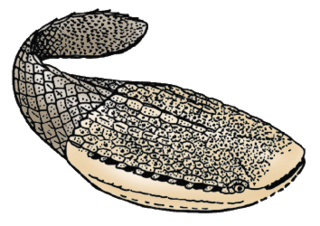 W
WAstraspida, or astraspids, are a small group of extinct armored jawless vertebrates, which lived in the Middle Ordovician in North America. They are placed among the Pteraspidomorphi because of the large dorsal and ventral shield of their head armor. They are represented by a single genus, Astraspis, including possibly two species, A. desiderata and A. splendens but their remains are fairly abundant in Ordovician sandstones of the USA and Canada (Quebec). The head armor of Astraspis is rather massive, with a series of ten gill openings lining the margin of the dorsal shield, and laterally placed eyes. The dorsal shield is ribbed by strong longitudinal crests, and the tail is covered with large, diamond-shaped scales. They are often grouped together with the Arandaspidida.
 W
WAstraspis is an extinct genus of primitive jawless fish from the Ordovician of Central North America including the Harding Sandstone of Colorado and Bighorn Mountains of Wyoming. It is also known from Bolivia. It is related to other Ordovician fishes, such as the South American Sacabambaspis, and the Australian Arandaspis.
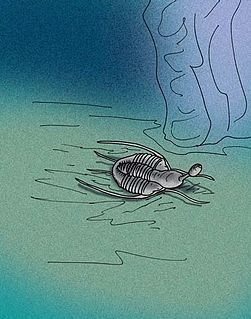 W
WBulbaspis is a late Ordovician genus of asaphid trilobites of the family Raphiophoridae found primarily in upper Ordovician-aged deepwater marine strata of Kazakhstan, China, and possibly Tasmania. Species of Bulbaspis are similar to other raphiophorids such as Ampyx and Raphiophorus, save that the long spine that emanates from the glabella of the latter two genera has been modified into a knob-like or bulb-like structure in Bulbaspis that developed incrementally in the animal's growth. The function of the bulb is as yet unknown: one hypothesis suggests sexual selection may have had a role in its evolution in the genus.
 W
WCatenipora is an extinct genus of tabulate corals in the family Halysitidae, known from the Ordovician to the Silurian.
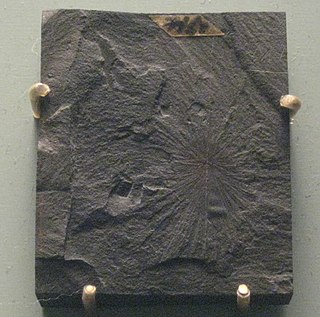 W
WChoia is a genus of extinct demosponge ranging from the Cambrian until the Lower Ordovician periods. Fossils of Choia have been found in the Burgess Shale in British Columbia; the Maotianshan shales of China; the Wheeler Shale in Utah; and the Lower Ordovician Fezouata formation. It was first described in 1920 by Charles Doolittle Walcott.
 W
WChoiaella is an extinct genus of sea sponge ranging from the Chengjiang lagerstatten until the Lower Silurian.
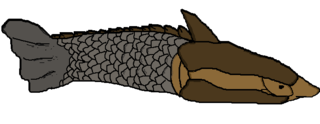 W
WEriptychiida is an extinct marine taxon of vertebrate in the group Pteraspidomorphi.
 W
WFavositella is an extinct genus of bryozoans from the Ordovician, Silurian and Devonian periods.
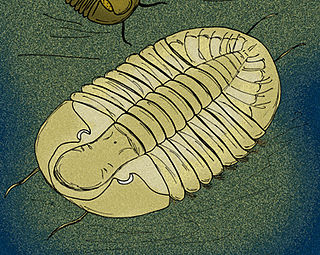 W
WGog is a genus of large, flattened asaphid trilobite from the Middle Arenig-aged Svalbard, Valhallfonna Formation, Olenidsletta, Member, of Spitzbergen, Norway, and the Upper Arenig-aged Dawan Formation in Hubei, China.
 W
WGoniograptus is an extinct genus of graptolites.
 W
WGrewingkia is a genus of extinct Paleozoic corals, found in Indiana. It contains at least one species, Grewingkia canadensis.
 W
WHallopora is an extinct genus of bryozoans. They can be found in Ohio, Indiana, and Kentucky of the Midwestern United States, commonly in the Ordovician Kope Formation.
 W
WHalysites is an extinct genus of tabulate coral. Colonies range from less than one to tens of centimeters in diameter, and they fed upon plankton.
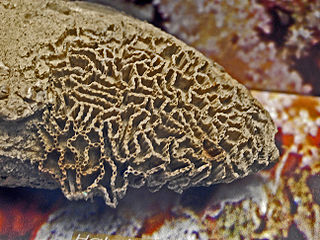 W
WHalysitidae is an extinct family of tabulate corals.
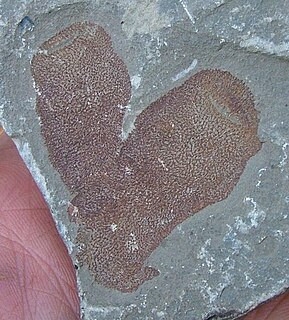 W
WHazelia is a genus of spicular Cambrian demosponge known from the Burgess Shale, the Marjum formation of Utah, and possibly Chengjiang. It was described by Charles Walcott in 1920.
 W
WHazeliidae is an extinct family of spicular Cambrian sea sponges known from the Burgess Shale, the Marjum Formation of Utah, and possibly Chengjiang. It was described by Charles Walcott in 1920.
 W
WLingulella is a genus of phosphatic-shelled brachiopod. It is known from the Middle Cambrian Burgess Shale (Canada) to the Upper Ordovician Bromide Formation in North America. 346 specimens of Lingulella are known from the Greater Phyllopod bed, where they comprise 0.66% of the community.
 W
WPhyllograptus is a graptolite genus of the order Graptoloidea, in the family Phyllograptidae.
 W
WPromissum is an extinct genus of conodonts, primitive chordates, that lived during the Upper Ordovician period.
 W
WStenaster is an extinct genus of brittle stars that lived from the Ordovician to the Silurian.
 W
WTabulata, commonly known as tabulate corals, are an order of extinct forms of coral. They are almost always colonial, forming colonies of individual hexagonal cells known as corallites defined by a skeleton of calcite, similar in appearance to a honeycomb. Adjacent cells are joined by small pores. Their distinguishing feature is their well-developed horizontal internal partitions (tabulae) within each cell, but reduced or absent vertical internal partitions. They are usually smaller than rugose corals, but vary considerably in shape, from flat to conical to spherical.
 W
WTentaculites is an extinct genus of conical fossils of uncertain affinity, class Tentaculita, although it is not the only member of the class. It is known from Lower Ordovician to Upper Devonian deposits both as calcitic shells with a brachiopod-like microstructure and carbonaceous 'linings'. The "tentaculites" are also referred to as the styliolinids.
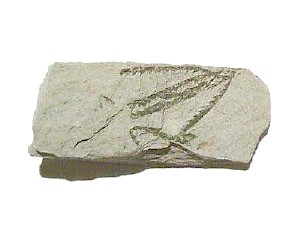 W
WTetragraptus is an extinct genus of graptolites from the Ordovician period.
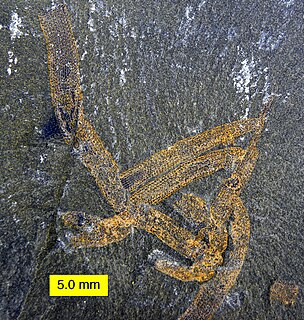 W
WVauxia is an extinct genus of demosponge that had a distinctive branching mode of growth. Each branch consisted of a network of strands. Vauxia also had a skeleton of spongin common to modern day sponges. Much like Choia and other sponges, Vauxia fed by extracting nutrients from the water.